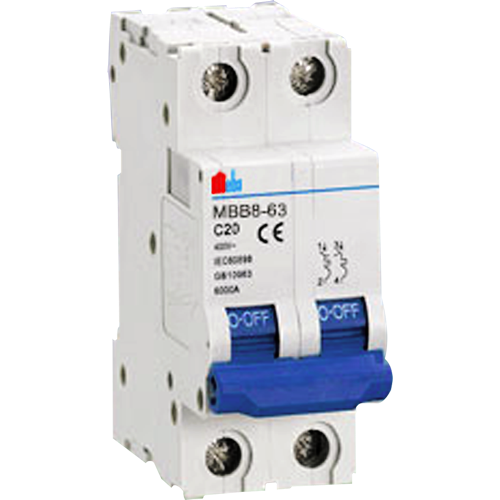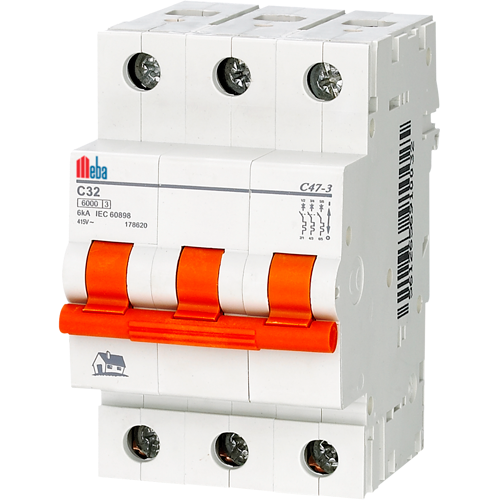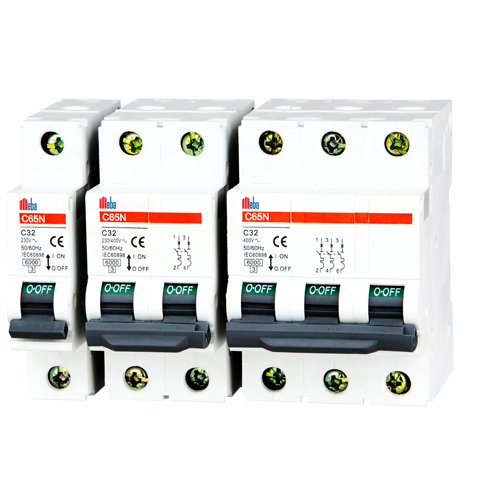Even though low and medium-voltage miniature circuit breaker range in their designs according to amperage, voltage, and application, all varieties of circuit breakers have five essential features.
Five components of all circuit breakers
- Frame: Shields the circuit breakers’ interior components from foreign objects.
- An opening and shutting mechanism for the circuit breaker is provided by the operating mechanism.
- When closed, contacts allow current to pass via the circuit breaker.
- When a fault is interrupted by the circuit breaker, an arc is put out by an arc extinguisher.
- Trip unit: In the case of a protracted overload or short circuit, this device unlocks the operating mechanism.
- Over-toggling and two-step stored energy are the two different categories of operating methods.

With Toggle
The working mechanism’s purpose is to offer a way to open and close the circuit breaker. The quick-make, quick-break design of this toggle mechanism ensures that the speed at which the contacts open or shut is independent of how quickly the handle is moved.
The arc fault breaker’s ON/OFF status and whether it has been tripped by mobbing to a point halfway between the ON/OFF positions are both shown on the operating mechanism handle. Eaton uses an over-toggle mechanism in its residential, micro, and molded case circuit breakers.

Energy Stored
When a significant quantity of energy is needed to seal the circuit breaker and when it must do so quickly, the two-step stored energy technique is employed. Rapid reclosing and safety are this mechanism’s main benefits. By storing charged energy in a different closure spring, rapid reclosing is made possible. By enabling remote spring charging, safety is assured.
The two-step method for releasing stored energy is intended to charge the closing spring and release energy to close the circuit breaker. It employs independent springs for opening and shutting. The closing spring may now be charged independently of the opening process, which is crucial. This enables a duty cycle of open-close-open. The closing spring can be powered by an electrical motor, or electric breaker, or manually charged via a charging lever. The motor may be controlled remotely, giving the user the highest level of safety.
Follow us on Twitter

